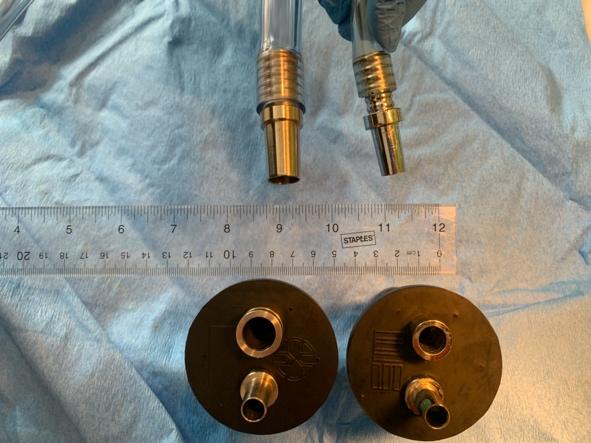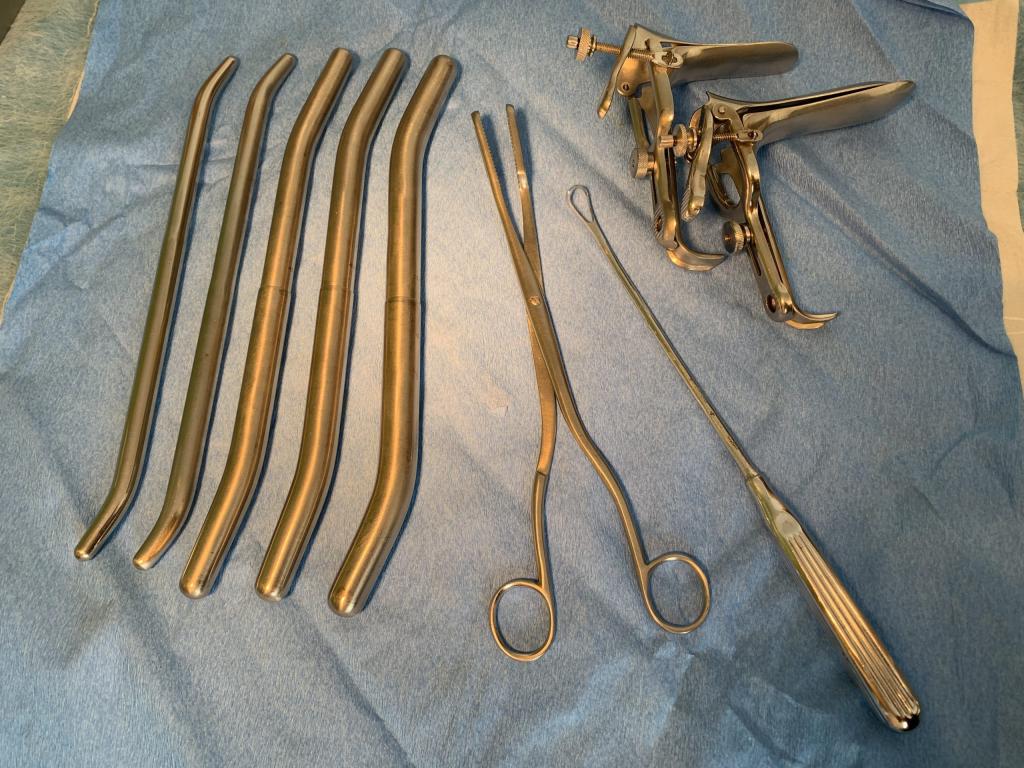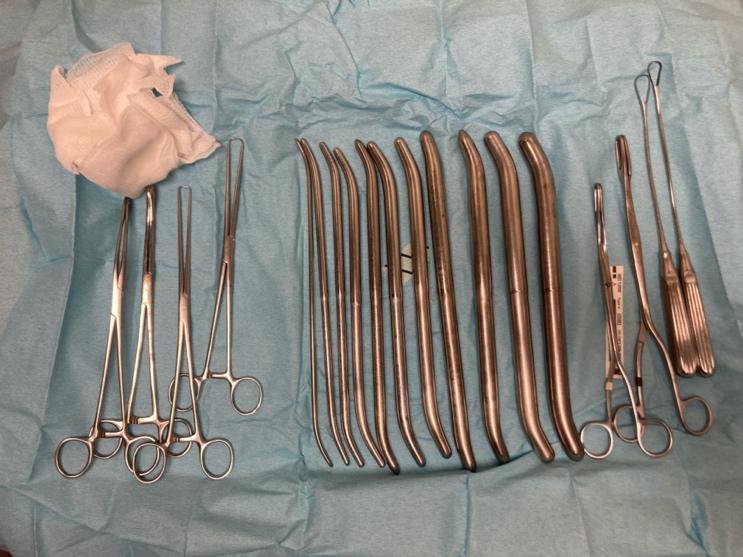HEALTH CENTER PREPARATION
Staff Communications and Training
Prior to expanding services, training and communicating with staff is vital for success (See Ch 10: Training Staff for New Services). Important groundwork includes training staff in these areas:
- Values exploration to demystify fears and discuss concerns related to offering services at increasing gestational duration (see Ch 1 Exercise 3.1 – 3.3, and Ch 12 Exercise 1)
- Logistic preparations, such as changes in appointment screening and scheduling needs.
- Counseling training to include navigation of referrals and delays, prolonged travel, financial stressors, additional cervical preparation, and for discussing a potentially difficult fetal diagnosis
- Intra-procedure US skills, as evidence supports routine US for procedural abortion >14 weeks (NAF 2024, WHO 2022)
- IVs and sedation-related administration and monitoring
- Procedure room setup
- Additional preparation for staff examining fetal tissue
- Additional staff training on patient-centered pregnancy tissue viewing (Ibis Later Abortion Initiative 2021)
- Recovery processes and times
- Emergency drills with advancing gestational durations (See TEACH Simulations)
Building Skills to Incrementally Expand Abortion Care
Proctored, in-person training with an experienced provider is the gold standard for expanding a skill set to include instrumentation and evacuation of the uterus (NASEM 2018). Use of simulation models for performing D&Es (Baldwin 2013, Payne 2016, Schwartz 2023) and managing complications (Goodman 2015) have been shown to increase competency, increase effective communication, may improve patient safety, enhance emergency preparedness, and reduce case numbers needed to achieve competency. Simulation models can be high- or low-fidelity (anatomical silicon or rubber models vs foam or fruit/vegetable).
Non-traditional training methods may be helpful in the evolving political landscape with more limited training opportunities and increased demand for abortions later in pregnancy. A clinician’s stepwise advancement in gestational duration offerings, with asynchronous mentoring from more experienced clinicians may also allow gradual expansion of abortion provision while incrementally broadening their procedural skill set, even when opportunities to directly train under a more seasoned provider are limited.
Given a legacy of harm to patients, especially those who have been systematically oppressed by medical institutions and practitioners, particular note should be taken of the ethical dilemma of medical training on humans, including incremental advancement of already-held proficiencies, on people seeking medical care (Jagsi 2004). The ethics of medical training are complex and nowhere more so than in abortion care.
Consider the following: A rural clinician trained to 15 weeks gestation is faced with an abortion seeker with a pregnancy dating 15 weeks 2 days. The next closest health center to provide abortions >15 weeks is hours away. Nonmaleficence, or our obligation to do no harm, sits alongside beneficence, our directive to do good. One way to ethically employ a strategy of incremental expansion of care would be to fully disclose the limitation of your experience, describe your willingness to incrementally expand provision, the risks and potential benefits, and engage in an informed consent process that also outlines other options for the individual seeking abortion services.
To establish confidence and skill with abortions >14 weeks with limited training supervision, it can be helpful to establish a timeline for gradually increasing gestational duration offerings with your health center, generally by 3 or 4 day gestational increments over time. For example, increasing from 13w6d to 14w3d will not require vast changes to procedural technique. After adequate procedural volume to ensure clinician proficiency and clinic flow, the provider and health center could increase to 15w, then to 15w3d, then to 16w, etc. Incremental increases can allow providers to become comfortable with cervical preparation, greater dilation, and gradual introduction of forceps. Competency is best evaluated with competency-based criteria rather than number of procedures performed (See Ch 13 Core Competencies), and decisions of when to increase in a stepwise fashion can be assessed by clinician comfort, and case reviews with a remote mentor or supervisor at the health center. Alternatively, a health center may opt to increase by larger increments (e.g. 1-2 gestational weeks at a time) to allow adequate volume for clinicians to achieve and maintain procedural experience.
Instruments and Supplies
Beyond standard equipment for uterine aspiration < 14 weeks, the instruments and supplies shown below, and listed in Appendix A are suggested for abortion between 14 – 18 weeks.
Scheduling Considerations
- Telephone Screening: To minimize fragmented care, it is important to identify conditions influencing a patient’s eligibility for care in your facility, or indicate need for a higher level of care (e.g. history of bleeding disorders or multiple cesarean deliveries).
- Scheduling: Appointments for abortions ≥ 14 weeks and up require more time and may be accommodated by scheduling earlier in order to allow for US, IV starts, cervical preparation, and procedure completion prior to the end of the day. Consider the needs of people traveling for abortion care. Some smaller volume health centers choose to “group” people at a higher gestational duration when a more experienced provider is available, either because others don’t provide later care or to ensure that the clinician maintains skills with an adequate caseload. For people with a history of C-section who are traveling for care, consider US for placental localization prior to travel to inform proper care and/or referral.
- Patient flow: Consider rooms to accommodate people undergoing cervical preparation, monitoring, and abortion recovery. Ideally, people will generally need space with a recliner, heating pad, bathroom access, and staff support away from the general waiting area for pre- and post-procedure care (See Abortion Aftercare).



